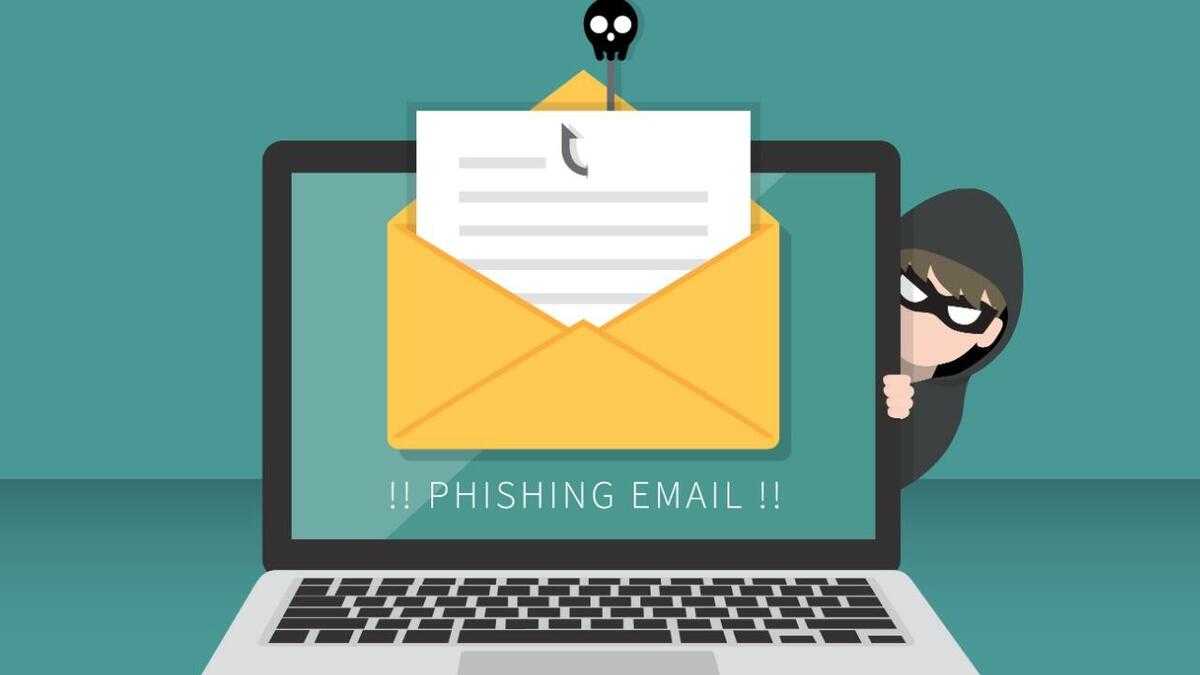Millions of consumers are eagerly awaiting Amazon’s annual “crazy” online shopping event, Amazon Prime Day!
Quest’anno Amazon offers more than 1 million special offers, for 48 hours starting from 13 October. The annual discount event is one of the many perks included in a Prime membership and the offers are available exclusively to 150 million subscribers. In 2019, Prime Day sales were estimated at over $ 7 billion.
Amazon Prime Day: A soaring increase in malicious domains
But it’s not just consumers who are looking forward to this annual shopping party – hackers are waiting for it too. Researchers from Check Point conducted an analysis of Amazon Prime Day cyber threats in the weeks leading up to the event. They found an alarming increase in the number of Amazon-related registered domains that are malicious. In the last 30 days, he signed up a 21% increase of registered domains containing the word “Amazon”, compared to the previous month. More than a quarter (28%) of these domains were found to be malicious and another 10% suspicious.

Additionally, the number of registered domains containing the words “Amazon” and “Prime” has doubled in the past 30 days, with 20% of those domains proving malicious.
Domain registrations alert
Why is the increase in domain registrations worrying? The reason is that domains are used to lure and trap online shoppers through their resemblance to the familiar and trusted URL, in this case, Amazon.com. Hackers mimic trusted ecommerce websites to trick consumers into entering their most sensitive data, such as credit card information, names, date of birth, email and physical address, and other details, in malicious sites created by hackers. Armed with this data, hackers can shop as they please, using the victim’s credit card information, or sell this data to other criminals.
How to shop safely for Amazon Prime Day
Just as you are on the hunt for bargains, hackers are also trying to phishing using Amazon Prime Day. To help shoppers stay protected, Check Point researchers have compiled 7 practical safety tips:
What do you think about it? Let us know in the comments and keep following us on the TechGameWorld.com pages where you can find the latest news and more.















